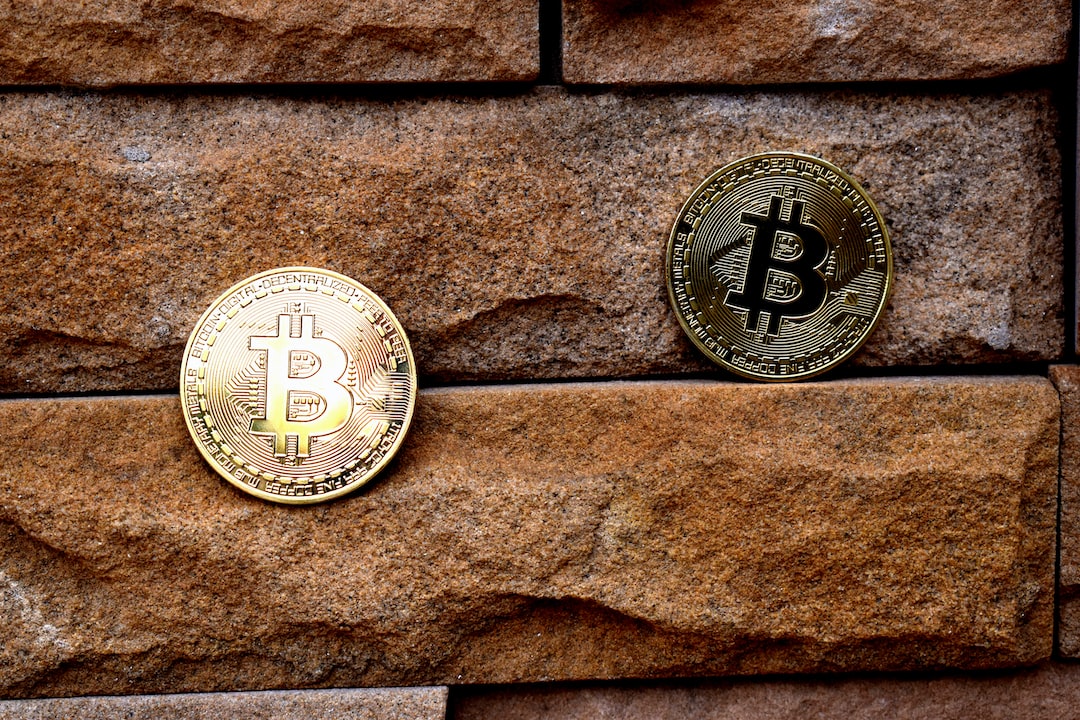Data and Preferential Treatment
According to William Casarin, a Bitcoin Core and Lightning Network developer, inscribing data as Bitcoin script program data is a technical exploit. He aligns with Luke Dashjr’s perspective that inscriptions are a bug and highlights the broader implications for the health and decentralization of the Bitcoin network.
Casarin points out that the issue lies in individuals assigning value to images on the Bitcoin blockchain, with non-ideological miners and those indifferent to Bitcoin’s well-being readily paying fees for inclusion. He argues that data shouldn’t receive preferential treatment and users should pay the full price for legitimate data storage using protocols like op_return and hashes.
His stance is that the current scenario represents a significant data spam exploit, requiring proactive solutions from Bitcoin developers. Casarin praises ideological developers like Dashjr for prioritizing the network’s health and decentralization by addressing inscriptions as a bug that allows users to spam the blockchain.
An Earlier Spike in Inscriptions
In 2023, Bitcoin inscriptions gained attention, particularly with Ordinals. On July 8, crypto enthusiasts minted a record-breaking 350,000 Bitcoin Ordinals Inscriptions, marking the highest daily count since May 14. This surge was attributed to the “renewed builder culture” by Ethereum co-founder.
Hot Take: The Implications of Data Inscriptions on Bitcoin
Inscriptions of data on the Bitcoin blockchain have raised concerns about its impact on the network’s health and decentralization. While some argue that these inscriptions hold value, others see them as a technical exploit or even spam. William Casarin, a Bitcoin developer, supports the view that inscriptions are a bug and advocates for fair payment for legitimate data storage. He emphasizes the need for proactive solutions from developers to address this issue. This debate highlights the challenges of balancing data storage and the overall integrity of the Bitcoin network.





 By
By
 By
By
 By
By
 By
By
 By
By